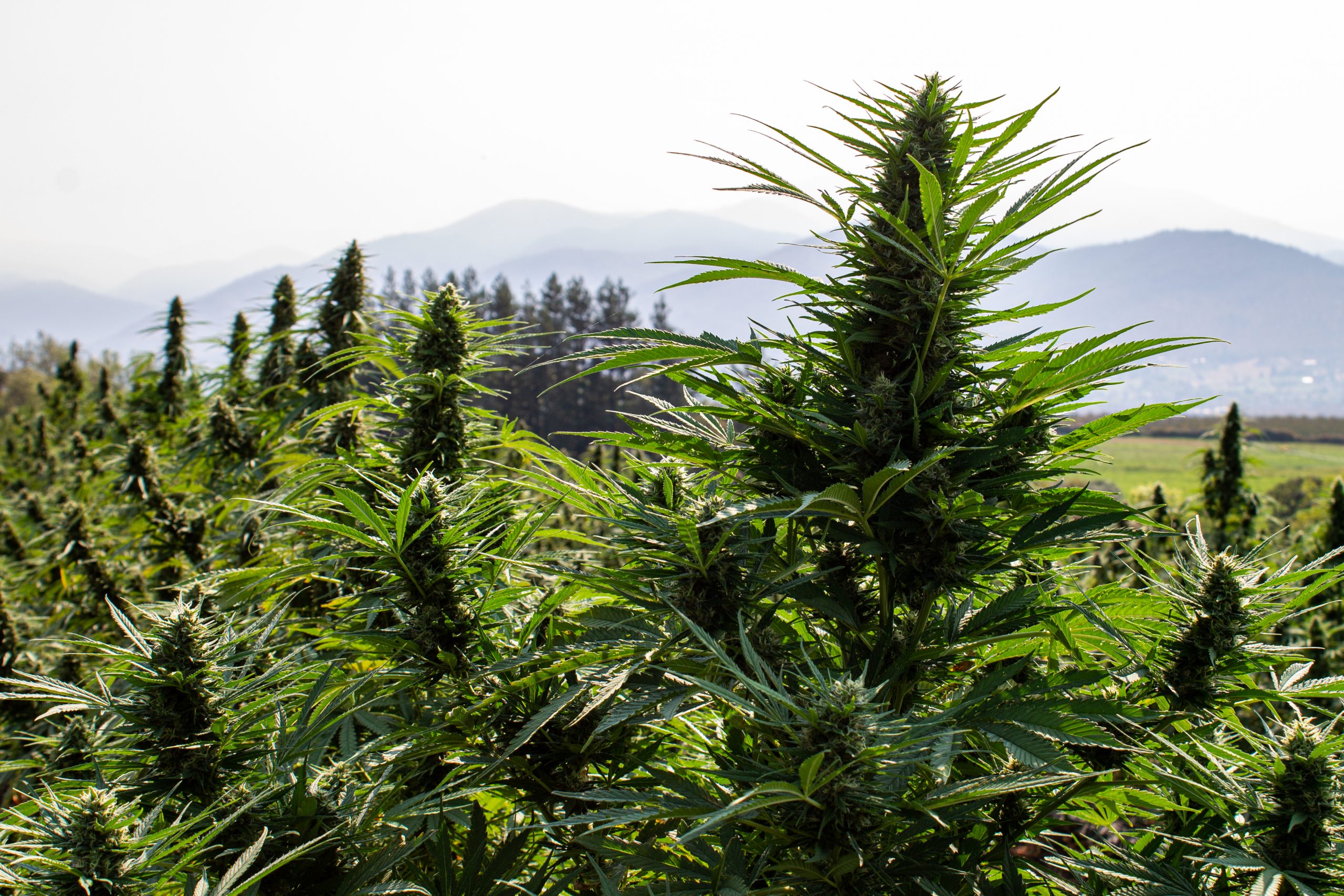The ongoing battle toward weed legalization on a federal level has helped fuel the popularity of the plant to an all-time high. Growers are cropping up everywhere to try to bring their own plants to life. While many enthusiasts opt to grow their plants in advanced hydroponic setups, some growers still prefer natural daylight and the good fresh air provided by the outdoors.
Today, we are going to take a journey through the cultivation of marijuana outdoors. In today’s discussion, we will explore the benefits of outdoor weed cultivation as well as the step-by-step process you will embark upon to find success of your own.
Are you ready to grow your own marijuana seeds?
Become Familiar With Your Local Climate
We understand that cannabis is a hardy plant that has found a way to grow in climates all over the planet. From the hot and rugged mountains of Afghanistan to the humidity of Colombia, weed plants have managed to sprout out of whatever spit of earth it can find. With that said, certain climates are easier to work in than others.
Plants can still be susceptible to extreme weather conditions and climate swings, it is important to familiarize yourself with the climate that you plan to grow in.
Let’s outline a few aspects that you should consider when selecting a growth site.
- Wind – A steady breeze can be a good thing for your plants, particularly if they are hosted in hot climates. Wind can help steady the root system while strengthening the plant. Unfortunately, high winds are naturally enemies to cultivation. If your growing area features high winds, consider using a windbreak like a wall or fence.
- Temperatures – We’ve already discovered that it can grow in hot and cold temperatures alike, but at what temperature does the plant flourish? Sustained temperatures over 85 degrees Fahrenheit will inhibit plant growth just the same as sustained temperatures below 55 degrees. Pot thrives best when temperatures settle between 65 and 80 degrees Fahrenheit.
- Sunlight – For the plants to fully thrive, massive amounts of light will be required. Situate your outdoor garden in an area where it can access direct sunlight for at least six hours per day. Even a nice spot in your backyard won’t work well if the area doesn’t get enough light.
- Nutrition – Before planting your seed in the ground, consider performing a soil test to acquire a nutrient profile. Understanding what is in your soil can help you avoid potential issues during the growing phase.
Find the Perfect Grow Site
In states where cannabis can be cultivated legally, the plant still must remain inaccessible to the public and shielded from public view. This means that you cannot grow your favorite marijuana strains in a communal garden, nor can you plant them in the front yard next to the public walkway.
Refer to legislation in your area to make sure to adhere to all state laws while keeping your grow protected from potential thieves.
Common Outdoor Spaces
Cannabis can be cultivated anywhere that light, nutrition, and space are available. Since your seeds can grow over 10 feet tall, it is important to secure a large enough growing space to accommodate the needs of the plant.
- Garden Plot – Probably the most common way to cultivate cannabis is in a garden plot alongside other plants. Weed can be properly shielded and assisted during the growing journey when built within heavy-gauge wire walls to protect it from pests and animals. The size of the potted plants will decide how large the plot grows and how heavy the yield is.
- Balcony – A secured balcony that keeps cannabis sealed from public view can be the perfect spot to start a small container garden. Pick a south-facing balcony where you can get a healthy amount of wind. Unfortunately, this may require you to set up a privacy wall to protect your grow from public view.
- Roof – Rooftop gardens offer a ton of sun to hungry plants, but the prevalence of wind and other elemental concerns can make this a risky decision. If you decide to grow on the roof of a building, be sure to find a good windbreak while ensuring a consistent feeding schedule.
Containers vs. In-Ground Growth
Once you’ve found the perfect grow site for your cannabis, you will need to decide how to actually begin the process. Are you going to opt for a container garden where you can maximize the movement of your plans to protect them from harsh conditions? Or would you rather grow your plant in the ground where it will have more space and support, but less flexibility? Both options have their benefits, so be sure to weigh them in equal measure before planting your marijuana.
If you opt for a container garden, start out with 5-gallon pots for small and medium outdoor plants. If you are growing a larger plant, a 10-gallon pot will provide the most room for roots to grow. No matter what size pot you choose, protect it from direct sunlight to keep the roots within the pot safe.
Develop a Feeding Program
While pot is ostensibly a weed and can be grown anywhere, growing great flower takes some time and effort as well as patience. Marijuana requires a much deeper nutrient profile than many other plants in your garden. While a great foundation of nutritious soil will help cultivation, you may still need to supply the plant with other sources.
For a plant in the veg stage, consider boosting the nitrogen levels of your feeding system to help the root system grow. As the plant enters the flowering stage, growers will switch to a heavier dose of phosphorous and potassium. Try to avoid all-in-one fertilizers as they are severely limited in application and will not allow you to maximize the potential of your plant.
Some popular (and organic) sources of plant nutrition include bone meal, bat guano, earthworm casings, and fish emulsion.

